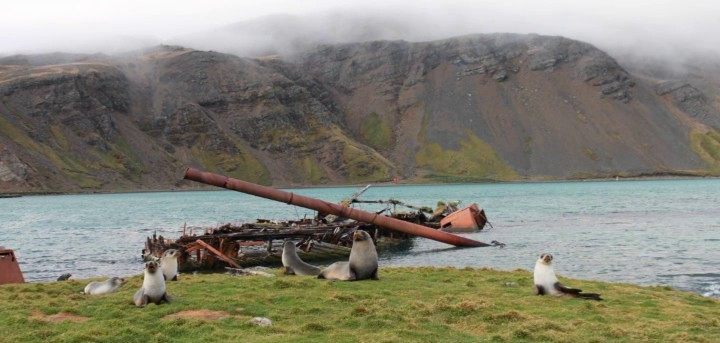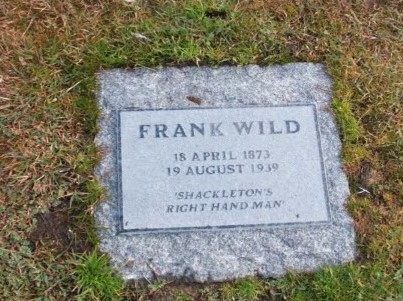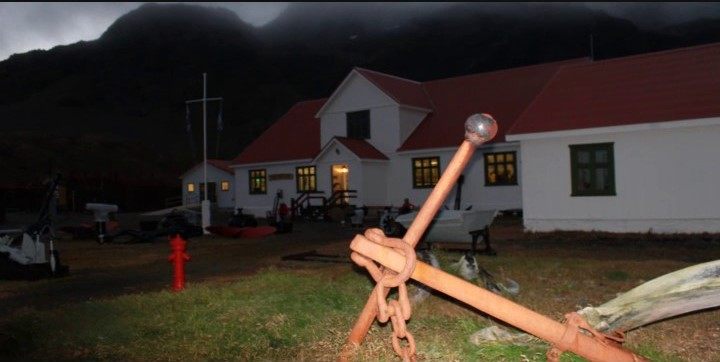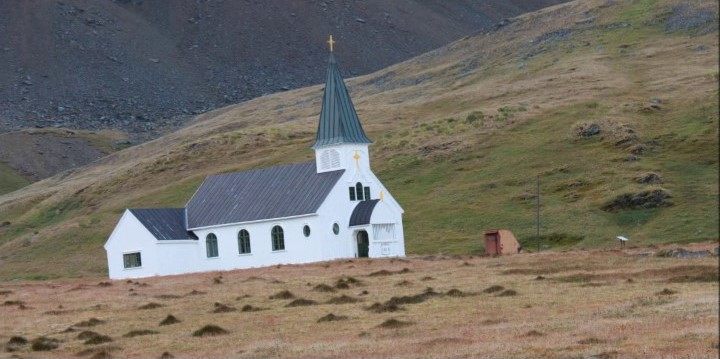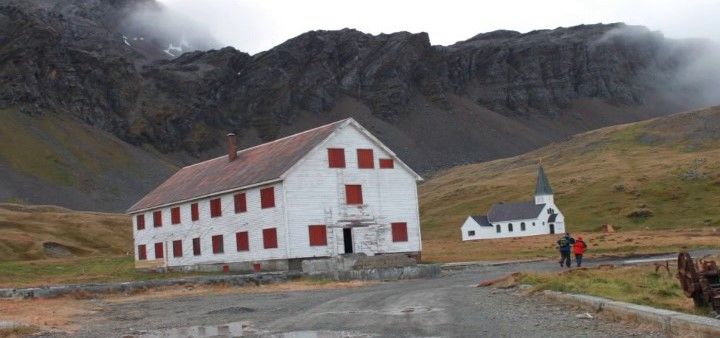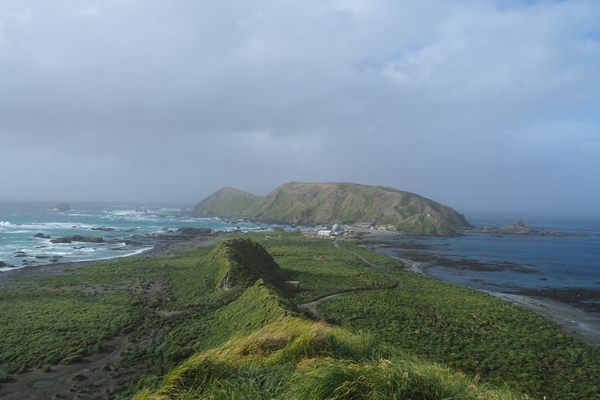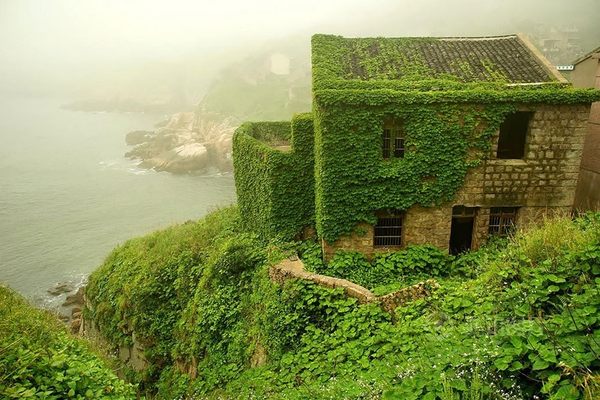About
Along with the nearby South Sandwich islands, South Georgia is the most southerly outpost of the British Empire. It was first sighted by a London merchant in 1675 and claimed by James Cook in 1775. In the 19th century, it was used by sealers, but the first permanent habitation was a whaling station at Grytviken. In 1913, the daughter of a whaler, Solveig Gunbjorg Jacobsen, became the first person born in the Antarctic region. In total, seven whaling stations were established with the last one in Leith Harbour closing in 1965.
South Georgia was made famous in explorer Ernest Shackleton's well-documented rescue mission. During his Imperial Trans-Antarctic Expedition in 1916, twenty two members of his expedition became stranded on Elephant Island, just off the Antarctic Peninsula. Shackleton and five members of his team sailed to South Georgia and hiked twenty two miles overland to get help. All members of the expedition were eventually rescued. Less than five years later, the island would become his final resting place when he died of a sudden heart attack on a subsequent expedition. His funeral service was held in Grytviken Church and he was buried there along with whalers that died on the island. Since then, several weddings have taken place in the church with the first in 1932 and the most recent in 2006.
During the 1982 Falklands War, the island was briefly occupied by Argentinian forces, but three weeks later in was returned to British control, where it remains to this day. It has been designated an Area of Special Tourist Interest and visitors often come to bird watch, see Shackleton's grave, visit the South Georgia museum and send a postcard from the island's post office.
Related Tags
Community Contributors
Added By
Published
February 1, 2011





